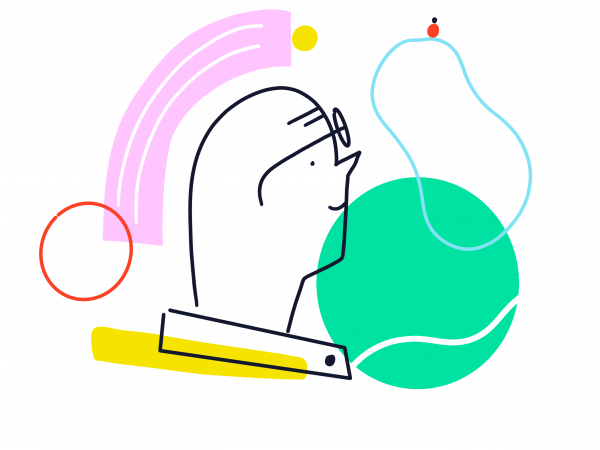19 February 2020

WRITTEN BY: NESS WRIGHT, SNOOK
As society begins to recognise the importance of a circular economy – where we move from purchasing and disposing to renting, sharing, recycling and repairing – designers have the skills needed to shape a circular economy that is not only practical, but that people want to use.
We are excited to co-host this month’s Design On The Inside (DOTI) event with Glasgow Chamber of Commerce and Circular Glasgow, bringing together designers and businesses to explore the role of design in making the circular economy a reality. Our speakers have experience ranging from furniture to fashion to construction, and our definition of design is broad – from graphic and product design, to service design and architecture.
Service design is my area of expertise, so I thought I would use this opportunity to offer a taster of how design can contribute towards a circular economy.
What is service design?
Service design is, quite simply, the design of services; making everyday services easier and more helpful to use.
You may have noticed examples of good services in the circular economy. Think IKEA’s furniture recycling service or Patagonia’s garment repairs; and ZipCar’s outstanding service has made them the fastest growing car club in Europe.
But most of the time we notice bad services, when we can’t do what we need to – being kept on hold by a call centre, trying to trace lost luggage at the airport, or not being able to pay for the bus by card (although Glasgow’s finally sorted that one!).
Badly designed services also cost money, and result in inefficient processes and problems which are expensive to fix and ultimately lose customers.

Here are three service design principles that can help create a successful circular economy:
- User-centred
Service design always starts with people and their needs. We use qualitative research to understand how they might use the service in real-life contexts, and involve people in co-design and testing to avoid designing a service people won’t use.
For example, whilst working on a car sharing initiative I spoke to potential customers who expressed their concerns about picking up a messy car and getting unfairly blamed and charged for this. As a result the provider focused on ways to reward people for leaving the cars tidy, and ways for customers to instantly report any issues on pick-up.

- End-to-end
Service design considers how a person will use the service right from the moment they find out about it, until the moment they decide to leave. We work to understand the steps or thought processes that a customer goes through, and how to design the service to support them at every stage.
Just as the circular economy considers the lifetime of a product or material, so we must design services that support people at every stage. For example, maintaining contact with customers throughout a product’s lifetime so they are able to recycle or repair it easily rather than throw it away because the alternative is too complex.

- Front-to-back
Service design looks at the back-end processes and systems that deliver a service. It’s important that we design processes to deliver good customer experiences, but also make it easier for staff to do their job.
For example, how can we design processes that make it easy for labourers to remove and repurpose building materials at the end of life rather than dispose of them?
Making this happen – across all types of design
Design of all kinds has so much to offer the circular economy, however working with designers is not yet seen as a core part of that business process.
To make this leap we need better connections and collaboration between designers and businesses to show what is possible, and this is the aim of our DOTI event.
Our DOTI event is currently full however if you would like to join the waiting list, click here.

Ness is a Senior Service Designer at Snook in Glasgow. She specialises in user-centred design and ethnographic research, and has worked to involve people in the design of cities, transport, energy, healthcare, finance and telecoms services. Ness is co-founder of the #designandclimate network, and leads Snook’s work to design services that benefit people and planet.
Connect with Ness on twitter @ness_wright or follow @wearesnook
